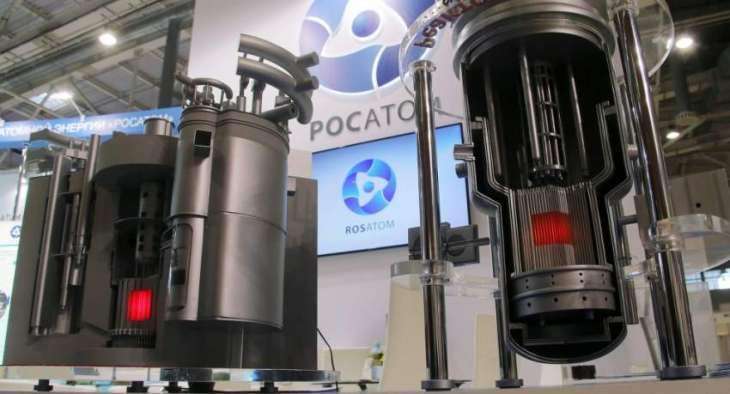Russian State Atomic Energy Corporation Rosatom's TVEL Fuel Company announced on Monday that it had started testing accident-tolerant fuel (ATF) for nuclear power plants (NPP), whose use is supposed to help avert Fukushima-like accidents
MOSCOW (Pakistan Point News / Sputnik - 28th January, 2019) Russian State Atomic Energy Corporation Rosatom's TVEL Fuel Company announced on Monday that it had started testing accident-tolerant fuel (ATF) for nuclear power plants (NPP), whose use is supposed to help avert Fukushima-like accidents.The statement comes after the TVEL Fuel Company said in December that its subsidiary, the Novosibirsk Chemical Concentrates Plant, produced two experimental nuclear fuel assemblies with the ATF.
"First Russian-made experimental nuclear fuel assemblies based on accident-tolerant fuel (ATF) have been loaded for testing into the water loops of MIR research reactor at the State Research Institute of Atomic Reactors in Dimitrovgrad, Ulyanovsk Region," the company said in a statement.
According to the statement, the first phase of the reactor tests and post-reactor studies of the ATF will be completed in 2019.
"Based on the data obtained, it will be necessary to select the optimal combination of cladding materials, calculate and validate the neutron-physical characteristics of light water reactors cores. The next important stage includes loading experimental fuel assemblies with some ATF fuel rods into a commercial power reactor in Russia," it added.
Work to create an ATF has been underway since the accident at the Japanese Fukushima-1 NPP in March 2011. A tsunami caused by a powerful earthquake turned off the electricity supply to the Fukushima NPP's units, the supply of cooling water to the active zones of their reactors stopped and nuclear fuel overheated. As a result, the zirconium shells of fuel elements also overheated, and a so-called zirconium-steam reaction occurred. It was accompanied by an additional release of a large amount of heat and hydrogen, which exploded and led to radioactive materials leaked into the environment.
Almost immediately after this accident, countries with advanced nuclear power industries started working on reactors that would prevent the possibility of a steam-zirconium reaction.




